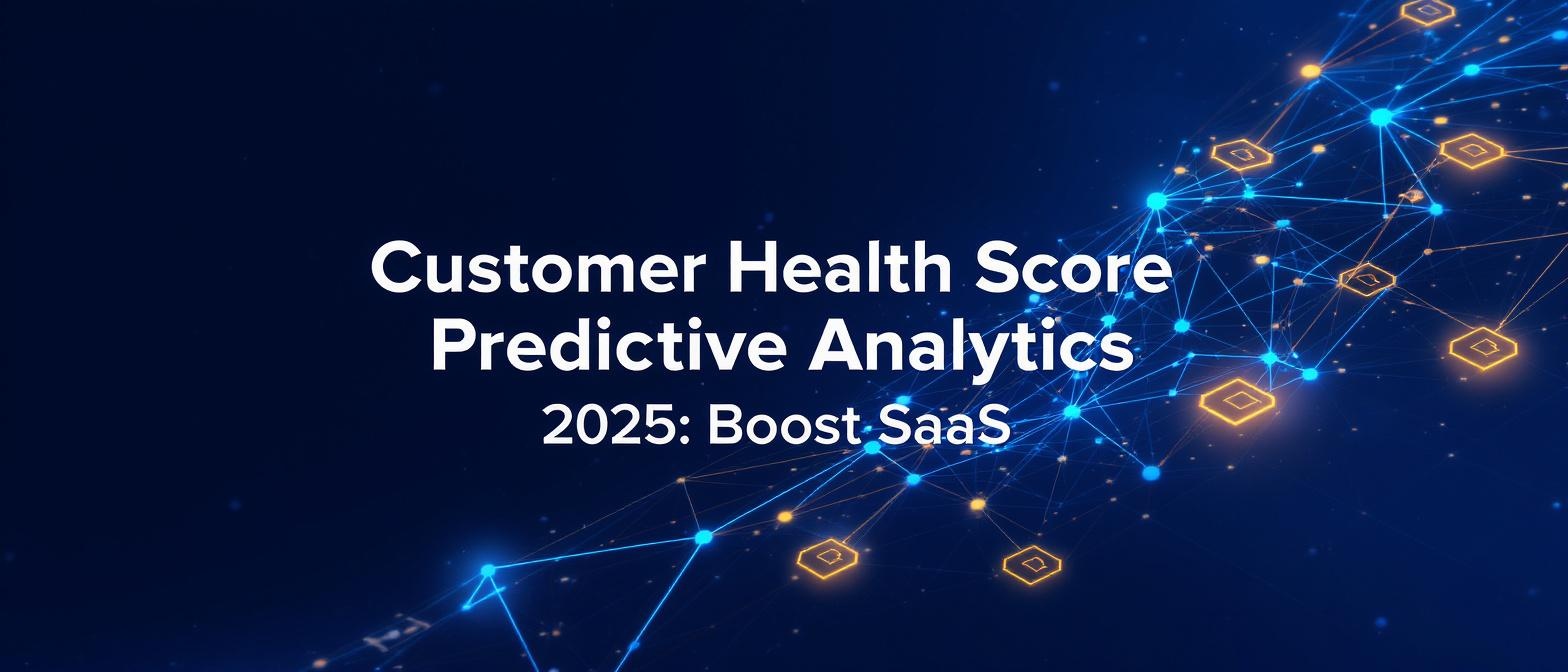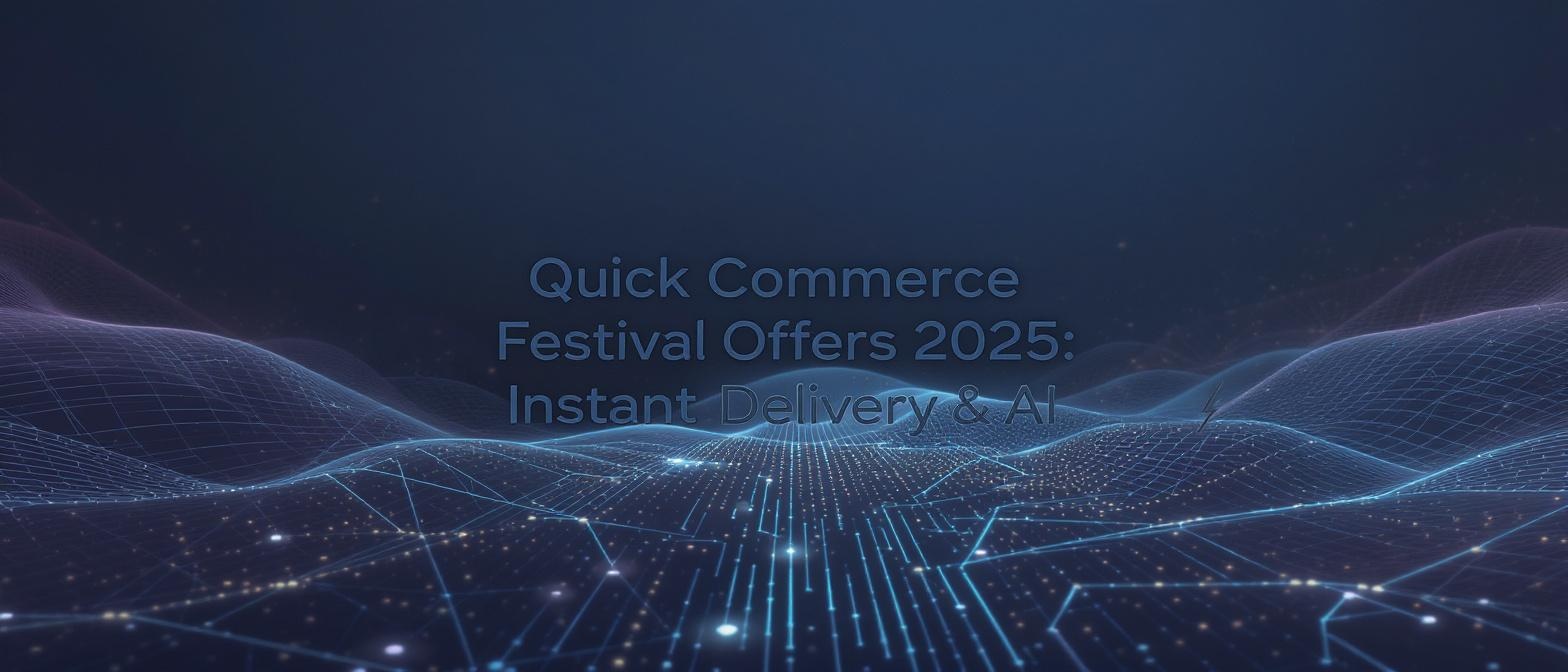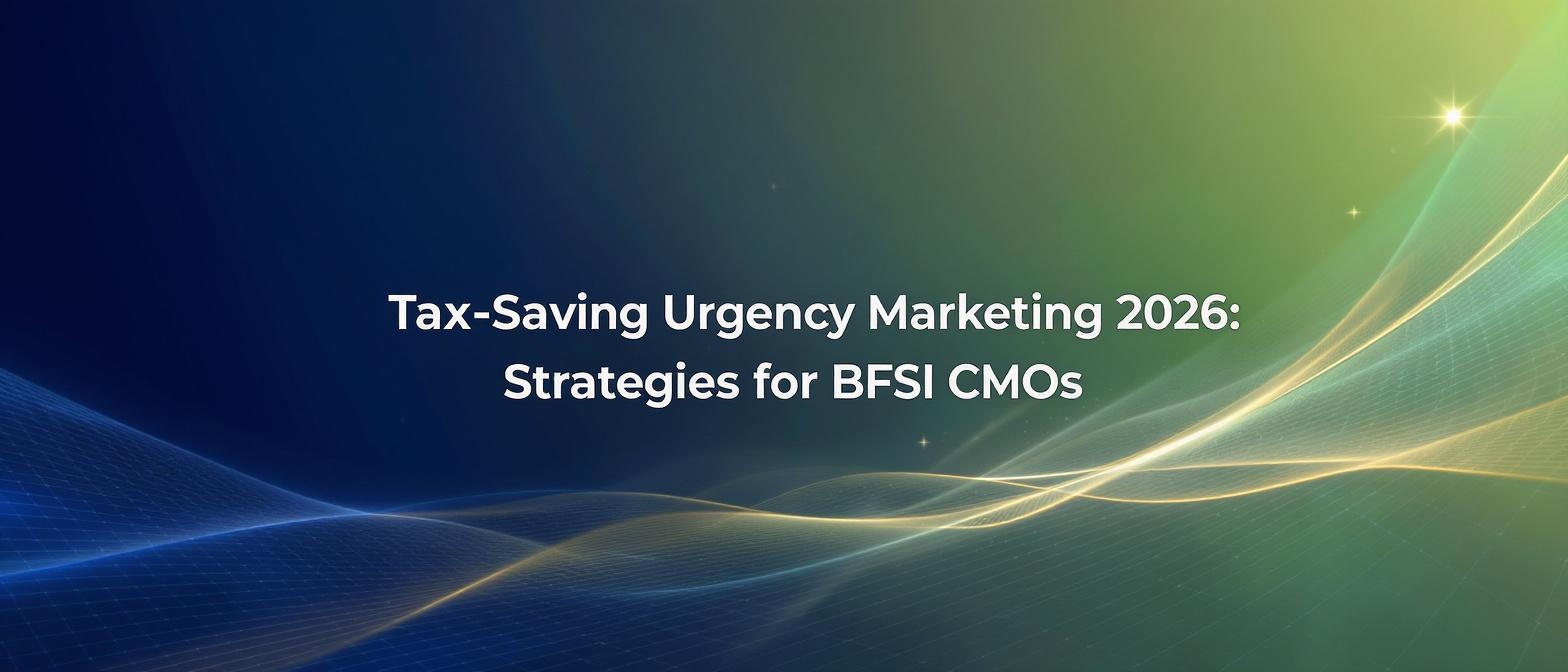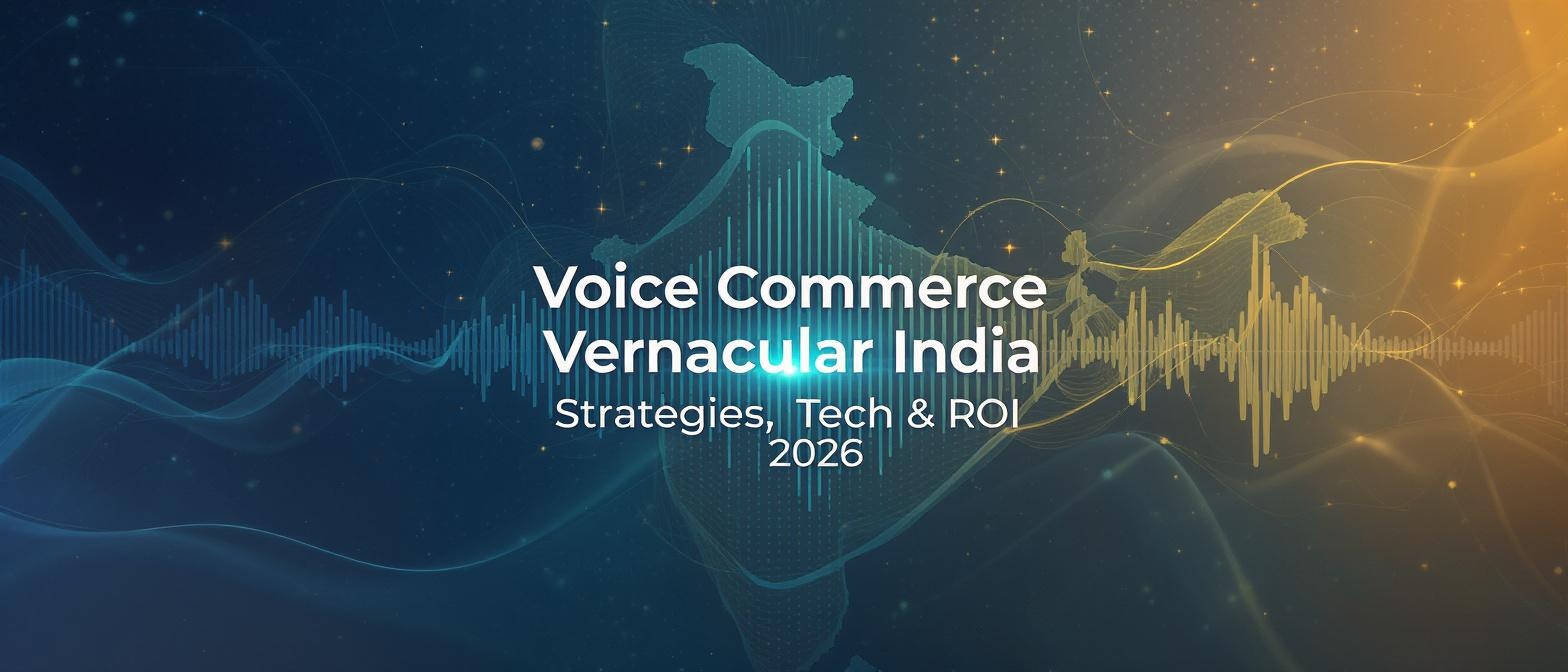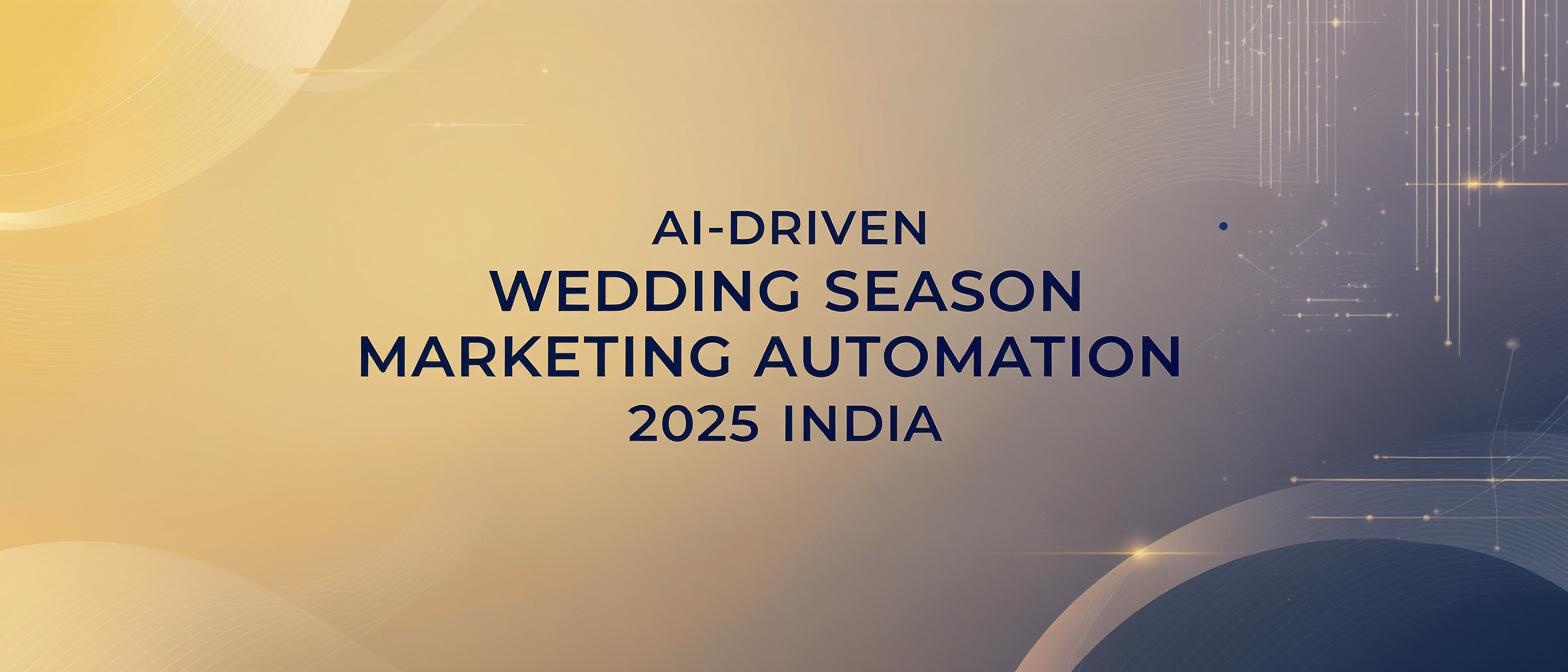Customer Health Score Predictive Analytics 2025: Revolutionizing SaaS Customer Success
Estimated reading time: ~12 minutes
Key Takeaways
- Predictive analytics transforms churn prevention from reactive to proactive.
- Use real-time, AI-driven insights for continuous customer scoring.
- Automated interventions like personalized video campaigns drive engagement.
- Consolidated data inputs are essential for effective health scoring.
- Combining machine learning models with strategic playbooks delivers high ROI.
In the competitive SaaS landscape of 2025, the way we measure customer loyalty and predict behavior has fundamentally changed. Gone are the days of relying solely on lagging indicators like Net Promoter Score (NPS) or Customer Satisfaction (CSAT). Today’s leaders are turning to a more powerful, forward-looking strategy: customer health score predictive analytics 2025.
This evolution marks a critical shift from reaction to proaction. Instead of analyzing why a customer churned last quarter, predictive analytics uses advanced AI and machine learning to forecast which customers are likely to churn months from now. This allows customer success teams to intervene with surgical precision. As noted by CMSWire, “customer health scores are the new CX metrics that matter,” transforming vague sentiment into actionable intelligence.
By leveraging SaaS retention predictive modeling, organizations can dramatically reduce churn, identify and seize expansion opportunities, and execute real-time interventions through SaaS customer success automation. Predictive analytics trends for 2025 show a clear move towards AI-driven insights that make customer engagement smarter, more scalable, and incredibly effective.
1. Understanding Customer Health Scores: Beyond the Basics
A customer health score is a composite index that provides a holistic view of an account’s well-being. It synthesizes multiple data streams into a single, actionable metric, signaling whether a customer is healthy and likely to renew or at-risk and heading for the door.
This score is typically composed of four key pillars:
- Usage Metrics: Data points like login frequency, session duration, and feature adoption rate reveal how deeply the product is embedded in the user’s workflow.
- Support Signals: This includes support ticket volume, resolution times, and, increasingly, sentiment analysis of ticket transcripts and survey feedback.
- Financial Status: Timeliness of payments, account tier, and recent upgrades or downgrades provide a clear financial picture.
- Engagement Indicators: This tracks interactions outside the product, such as email open rates, video view-through rates, and webinar attendance.
A simplified formula might look like this: Health = (0.4 × Usage) + (0.2 × Adoption) + (0.2 × Support) + (0.2 × Engagement).
However, the real power lies in the difference between static and predictive scoring. Static scores offer a snapshot in time. Predictive analytics, as highlighted in Union Square Consulting’s framework, applies machine learning to historical data, dynamically weighting these indicators to forecast future outcomes like churn or upsell propensity with far greater accuracy.
Source: https://unionsquareconsulting.com/newsletter/predict-churn-with-a-customer-health-scoring-system/
2. Predictive Analytics Trends for 2025: The AI-Powered Revolution
The field of predictive customer analytics is advancing at an astonishing pace. For 2025, several key trends are reshaping how SaaS companies approach churn prevention and customer lifecycle management, moving them toward a state of proactive, intelligent engagement.
Trend 1: Real-Time, Multi-Source Data Ingestion
Modern platforms are moving beyond nightly data batches. They now ingest and process data in real-time from dozens of sources simultaneously—CRM, product telemetry, helpdesk logs, and even public sentiment data. This creates a continuous, always-on scoring system that reflects customer health with up-to-the-minute accuracy. A 2025 market analysis by Capchase underscores that AI-powered personalization and analytics are becoming standard expectations for client engagement.
Trend 2: Self-Optimizing Deep Learning Models
Yesterday’s models required manual tuning. Today’s deep learning algorithms automatically discover complex, non-obvious patterns that signal churn. These models are self-optimizing; they learn from new data and adjust their weighting for different customer cohorts, becoming more accurate over time without constant data scientist intervention. As Wizr.ai points out, this AI-driven retention intelligence uncovers “unknown unknowns” that human analysis would miss.
Trend 3: Contextual, AI-Recommended Next-Best Actions
The most significant leap is from prediction to prescription. When a health score dips below a certain threshold, advanced machine learning models don’t just send an alert—they recommend the next-best action. This could be triggering an automated email sequence, assigning a task to a CSM to offer training, or even launching a personalized video campaign to re-engage the user. According to TSIA, the industry must “move beyond NPS to AI-powered metrics” that directly guide intervention strategies.
Source: https://wizr.ai/blog/predictive-customer-analytics-trends/
Source: https://www.tsia.com/blog/the-state-of-customer-success-2025
Source: https://www.capchase.com/blog/saas-2025-trends-and-preparations
3. Key Data Inputs & Enterprise Customer Success Metrics
The accuracy of any predictive model depends entirely on the quality and breadth of its data inputs. For a comprehensive view of customer lifecycle health tracking, four categories of data are essential.
- Product Usage Data: This is the bedrock of health scoring. Metrics like Daily Active Users (DAU), feature adoption rates, and “feature stickiness” (how often key features are used) are direct indicators of value realization.
- Financial Behavior Data: This includes renewal history, payment timeliness, and upsell propensity. A customer who consistently pays on time and has a history of upgrading is fundamentally healthier than one with overdue invoices.
- Support and Service Signals: It’s not just about the number of tickets. Modern systems perform sentiment analysis on ticket transcripts and survey responses to gauge frustration levels, providing a qualitative layer to a quantitative score.
- Engagement Data: How a customer interacts with your brand outside the product is a powerful signal. High open rates on emails, strong view-through rates on educational videos, and participation in community forums all point to a healthy, invested relationship.
These inputs feed into the most critical enterprise customer success metrics, which include:
- Churn Rate: The percentage of customers who cancel their subscriptions.
- Net Revenue Retention (NRR): A vital metric showing revenue from existing customers, factoring in both churn and expansion. A healthy SaaS business aims for an NRR well over 100%.
- Expansion MRR: The additional monthly recurring revenue generated from existing customers through upsells and cross-sells.
- Time-to-Value (TTV): The time it takes for a new customer to realize the value of your product.
A modern customer success dashboard will visualize the trend-line of a customer’s health score against their renewal probability, providing a clear, predictive view of future revenue.
Source: https://coefficient.io/customer-health-score
4. Top Customer Health Scoring Platforms & SaaS Customer Health Automation
As predictive analytics becomes mission-critical, a new generation of sophisticated platforms has emerged to automate and scale customer success operations. These tools serve as the central nervous system for data ingestion, scoring, and intervention.
Here are some of the leading customer health scoring platforms:
- Gainsight: A market leader known for its AI-unified health score that combines multiple signals into a single metric. It excels at creating automated “playbooks” that guide CSMs on the right actions to take based on health score triggers and real-time alerts.
- Sturdy.ai: This platform specializes in ingesting unstructured data from sources like emails, support tickets, and call transcripts. Its custom ML models transform this fragmented data into powerful, predictive retention intelligence.
- Wizr Customer Intelligence Hub: Wizr focuses on deep customer segmentation and churn forecasting. It helps teams understand not just who is at risk, but why, enabling more targeted and effective interventions.
The true power of these platforms is unlocked through SaaS customer health automation. For example, a rule can be set to automatically trigger a workflow when an account’s health score drops below 60. This can initiate an API call to a CRM to create a high-priority task for the account manager or, even more powerfully, connect to a video personalization API to launch a hyper-targeted re-engagement campaign.
Source: https://www.gainsight.com/blog/customer-health-scores/
5. Automating Customer Success with Personalized Video Campaigns
SaaS customer success automation refers to creating end-to-end, trigger-based workflows that deliver personalized experiences at scale. This moves teams away from manual, repetitive tasks and toward strategic, high-impact engagement.
Consider this automated workflow:
- Data Trigger: A predictive health score for a high-value account drops by 15% in one week.
- Segmentation: The system identifies the user as a “power user of Feature A” who hasn’t adopted “Feature B.”
- Personalized Asset Generation: An API call generates a unique, one-to-one video.
- Delivery: The video is sent instantly via the user’s preferred channel, such as WhatsApp or email.
- Tracking & Follow-up: The system tracks view rates and alerts the CSM to follow up with a call.
This is where automated customer success campaigns become transformative. Platforms like TrueFan AI enable the creation of these predictive churn prevention videos at an unimaginable scale. Imagine a celebrity brand ambassador or a dedicated product expert appearing in a video that addresses the at-risk customer by name, references their specific usage patterns, and provides a tailored tip for getting more value. This level of dynamic content insertion creates a powerful, personal connection that a generic email could never achieve, effectively stopping churn before it starts. Gainsight’s Pulse Library emphasizes the power of such real-time, AI-driven interventions.
6. Case Studies & TrueFan Real-world Applications
The theoretical power of SaaS customer health automation is best understood through real-world applications. The integration of generative AI for video personalization is creating unprecedented engagement and ROI. TrueFan AI’s 175+ language support and Personalised Celebrity Videos provide a compelling look at what’s possible when data-driven triggers meet hyper-personalized content.
Zomato’s Mother’s Day Campaign
- Objective: Drive orders and increase brand love on Mother’s Day.
- Workflow: When a user placed an order, they could send their mother a personalized video message from a Bollywood star. TrueFan’s API ingested the mother’s name and generated a unique video on the fly.
- Outcome: A staggering 354,000 unique videos were generated in a single day. The campaign went viral, driving record order volume and cementing Zomato’s brand in an emotional, personal way.
Goibibo’s Personalized Travel Nudges
- Objective: Re-engage users who searched for travel but did not book.
- Workflow: Instead of a standard reminder, users received a WhatsApp video from cricket star Rishabh Pant. The AI-generated video mentioned the user’s name and the specific destination they had searched for (e.g., “Hey Priya, still thinking about that Goa trip?”).
- Outcome: The personalized video campaign resulted in a 17% higher message read rate compared to standard text-based offers, leading to a significant lift in conversions.
Hero MotoCorp’s Festive Greetings
- Objective: Drive offline action by encouraging customers to visit service camps during a festive period.
- Workflow: TrueFan generated 2.4 million personalized videos where celebrities wished customers by name, mentioned their local dealership, and invited them to a service camp.
- Outcome: The campaign drove tens of thousands of dealership visits, far exceeding engagement from previous, non-personalized outreach efforts. It demonstrated how automated customer success campaigns can bridge the digital and physical worlds.
Cipla’s Doctor’s Day Appreciation
- Objective: Strengthen B2B relationships with key medical professionals.
- Workflow: 6,400 unique videos were created for doctors across India, featuring a celebrity thanking them by name and referencing their city or association with Cipla.
- Outcome: The campaign generated immense goodwill within the medical community, showcasing that personalized video is a powerful tool for high-touch B2B relationship management.
7. Implementing Predictive Customer Success Interventions & Retention Modeling
Adopting a predictive customer success model is a strategic project that requires a clear, step-by-step approach. Here is a practical five-step framework for implementation.
- Step 1: Centralize Your Data. The first step in SaaS retention predictive modeling is to break down data silos. Consolidate customer data from your CRM, product analytics, support desk, and financial systems into a central data platform (CDP) or business intelligence (BI) layer. This creates a single source of truth for scoring.
- Step 2: Build and Train Your ML Model. Using historical data, create labeled cohorts of customers who churned and those who did not. Use this data to train a machine learning model to identify the patterns and combinations of signals that precede churn. Continuously refine the model as new data becomes available.
- Step 3: Define Health Thresholds and Intervention Playbooks. Don’t just score; act. Define clear health thresholds (e.g., Healthy: 80-100, At-Risk: 60-79, Critical: <60) and create specific intervention playbooks for each tier. A playbook is a pre-defined set of actions a CSM should take or that should be automated.
- Step 4: Automate Campaign Triggers. Connect your health scoring system to your engagement tools. Set up automated workflows to trigger actions based on score changes. For example, when a customer’s score drops into the “At-Risk” category, automatically enroll them in a re-engagement campaign featuring personalized educational videos.
- Step 5: Monitor, Measure, and Iterate. Track the performance of your predictive customer success interventions. Did the personalized video campaign improve the health scores of the target cohort? A/B test different interventions—such as a personal email from a CSM versus an automated video—to measure impact. Use these outcomes to retrain your models and refine your playbooks monthly. Solutions like TrueFan AI demonstrate ROI through detailed analytics on view rates and engagement lifts, helping teams optimize their strategies.
8. Challenges & Ethical Considerations
While the benefits of customer health score predictive analytics 2025 are immense, implementation comes with its own set of challenges and ethical responsibilities that must be managed carefully.
- Data Fragmentation and Quality: The biggest technical hurdle is often aligning data schemas and ensuring data quality across disparate systems. Inaccurate or incomplete data will lead to a flawed model and unreliable predictions.
- Model Bias and Accuracy: Machine learning models can inadvertently develop biases based on historical data, leading to false positives (flagging healthy customers as at-risk) or, worse, false negatives (missing the warning signs for a customer who then churns).
- Privacy and Compliance: Regulations like GDPR and India’s PDP Bill place strict rules on how personal data can be used. Organizations must ensure they have explicit user consent for the data they collect and use in predictive models.
- Deepfake and Synthetic Media Risks: The use of AI-generated video brings up valid concerns about deepfakes. It is crucial to partner with platforms that operate on a consent-first model. TrueFan, for example, ensures every celebrity likeness is used under a formal contract and employs content moderation filters to prevent misuse.
- Security Standards: Integrating multiple platforms via APIs requires robust security protocols. Look for solutions that are ISO 27001 and SOC 2 certified to ensure that sensitive customer data is protected at every touchpoint of your SaaS customer health automation ecosystem.
9. Conclusion & Call to Action
The future of customer success is predictive, automated, and deeply personal. The powerful combination of customer health score predictive analytics 2025, intelligent SaaS customer success automation, and hyper-personalized video campaigns offers an unparalleled framework for preventing churn, driving expansion revenue, and building lasting customer loyalty. By shifting from a reactive stance to a proactive strategy, you can transform your customer success team from a cost center into a powerful revenue engine.
Don’t wait for the renewal notice to find out a customer is unhappy. The tools and strategies exist today to see the future and act on it.
Explore how your team can deploy advanced customer health score predictive analytics 2025 with integrated SaaS customer success automation—request a demo today.
Frequently Asked Questions
1. What is the main difference between a traditional health score and a predictive one?
A traditional health score provides a real-time snapshot of a customer’s current state based on pre-defined, often static rules. A predictive health score uses machine learning and historical data to forecast future behavior, such as the likelihood of churn or potential for expansion, often months in advance.
2. How much data do I need to start with predictive health scoring?
While more data is always better, you can often start with a few months of historical data that includes clear outcomes (i.e., customers who churned vs. those who renewed). Key datasets include product usage logs, support ticket history, and CRM data. The model will become more accurate as it ingests more data over time.
3. Can predictive analytics help with identifying upsell opportunities?
Absolutely. The same models that predict churn risk can also identify “green flags” that signal an opportunity for expansion. For instance, a model might identify that customers who adopt a specific combination of features are highly likely to upgrade to a premium tier within the next quarter, allowing your sales team to engage them proactively.
4. How can we personalize interventions at scale without overwhelming our CSMs?
This is where automation and generative AI are critical. By setting up automated workflows, you can trigger personalized communications, like emails or videos, based on health score changes. Platforms such as TrueFan AI allow you to generate hundreds of thousands of unique videos tailored to individual users, delivering a personal touch at a scale that would be impossible for CSMs to manage manually.
5. What is the typical ROI on implementing a predictive customer success platform?
The ROI can be substantial and is measured in several ways: a reduction in customer churn rate (often by 10-30% within the first year), an increase in Net Revenue Retention (NRR) due to higher upsell and cross-sell conversions, and improved CSM efficiency, allowing them to manage more accounts effectively.
6. Is it better to build our own predictive model or buy a platform?
Building a model in-house requires significant investment in data science talent, infrastructure, and ongoing maintenance. For most SaaS companies, buying a dedicated platform is more efficient and provides a faster time-to-value. These platforms come with pre-built integrations, proven models, and automation tools, allowing your team to focus on strategy rather than data engineering.

